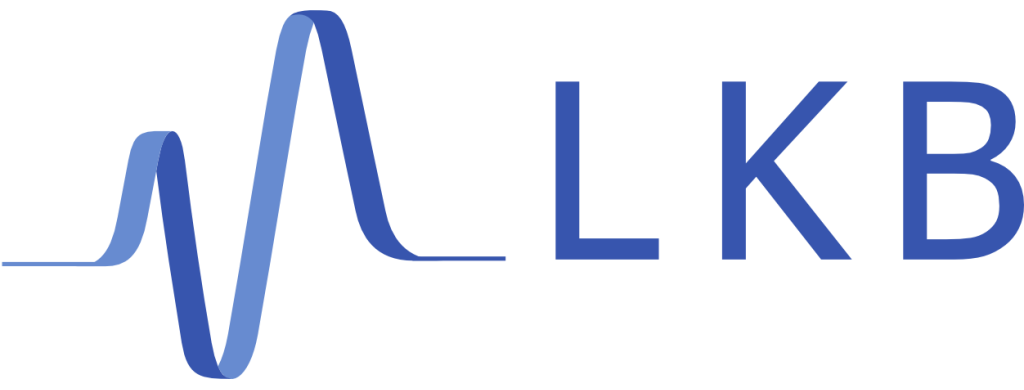g2 experiment via microscope
This document aims at explaining how the g2 set-up works.
Set-up description
Soon here: the set-up description as reference for the next paragraph.
Launch the Spyder interface to control the set-up
Open Spyder on the lab computer and run Experiment.guy; the Main Window interface will appair.
Connection to the CCD camera
We use the CCD camera to:
- locate and select the emitters (wide-field microscopy)
- make saturation measures and bleaching videos
In the first case we control the CCD camera using the HC ImageLive camera's software, instead in the second case using the Main Window interface. At the beginning, the camera is controlled by default by Main Window. To control the CCD camera via HC ImageLive, open the Device panel from the interface's top bar and uncheck Camera from the list of devices on the right.
Wide-field microscopy
We use a non collimated LED lamp to excite the sample in order to have an overview of the all camera's frame before selecting a single emitter to characterize.
The LED power can be adjusted between 0 and 25W (0% - 100%) and we choose the LED power according to the brightness of the emitters we are characterizing (i.e for perovskites we set the power at 2.5W (10%), for brighter emitters 5% can be enough). Then, the LED light is sent into the microscope.
Soon here: an image of the wide field microscopy set-up
To illuminate the sample, you can choose the suitable filters rotating the LED filters' turret on the microscope.
Now, on the 'HC ImageLive' you can click on the 'Live' bottom and adjust the focal plane rotating slowly the microscope focusing handle, in order to see clearly all the emitters.
Soon here: image of wide-field microscopy frame
At this point, you can select the nanocrystal you want to characterize and, using the motorized xy microscope plate, you can move it to the center of the frame, which will coincide with the position of the laser spot in the confocal microscopy configuration.
Motorized xy microscope plate
Soon here: how to control the MADCityLabs microscope plate
Confocal microscopy
Once the emitter is at the center of the frame, you can switch off the LED and excite the emitter with the laser rotating the top filters' turret (the one for the lasers dichoric mirrors and filters) and choosing the suitable position.
The emitted PL is collected by the high NA objective and can be sent to the camera for the saturation measures, to the spectrometer to take emission spectra or, using a flipping mirror, to a pair of APDs in a Hanbury-Brown and Twiss configuration for the Time-Correlated Single Photon Counting (TCSPC) detection.
Spectra acquisition
To take spectra you open the LightField spectrometer's software on the computer. Before the spectra acquisition, set the directory for the data saving and measure the background signal using the Background acquisition bottom on the right of the window.
Then, to take the PL spectrum click on Run on the top bar of the window.
The data are saved with names in date-time format (dd-mmm-yyyy hh:mm:ss) with both the extension .cvs and .spe. A file without the background correction is also available in the .spe extension.
